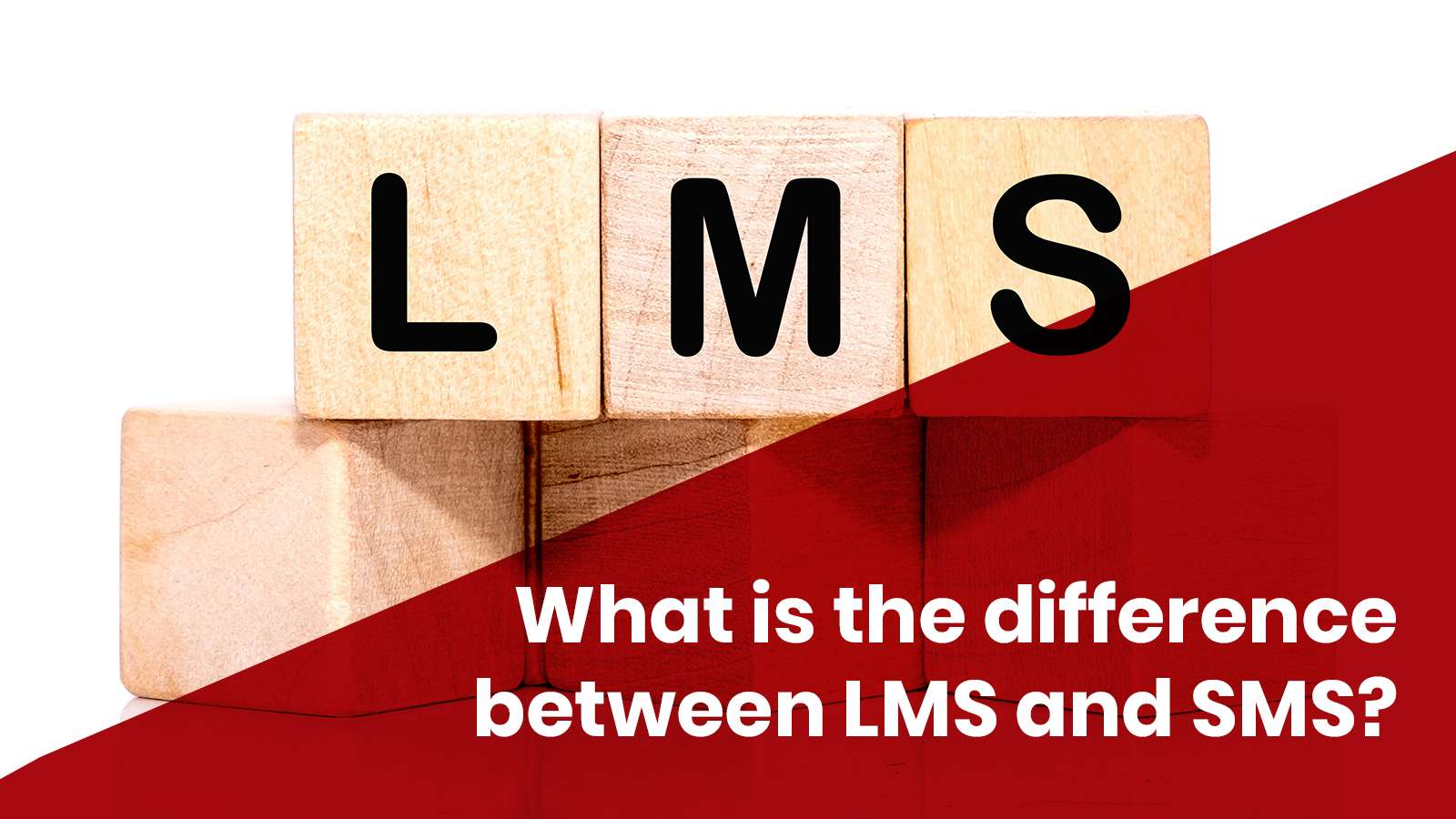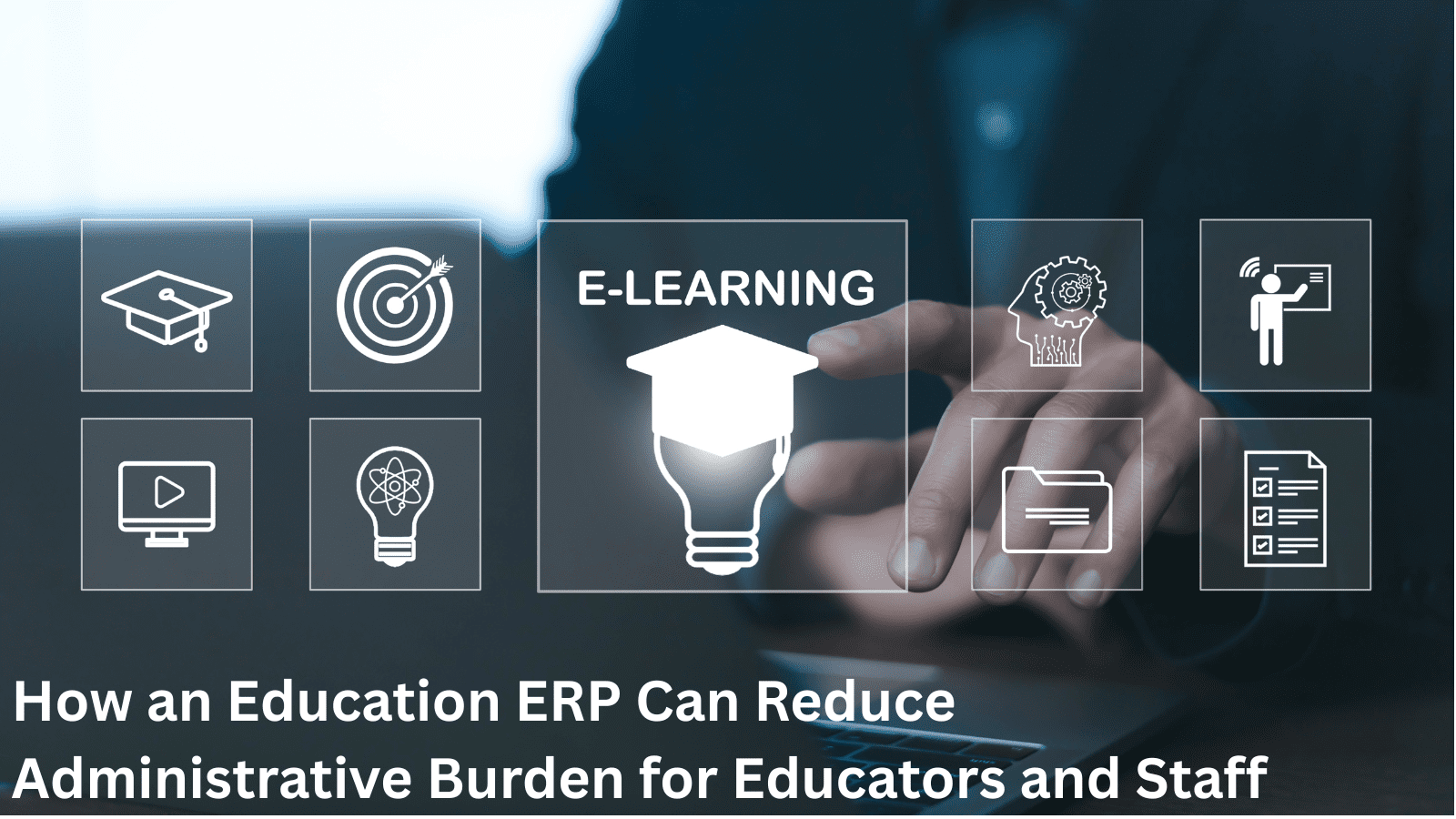Learning Management System and Student Management Software
Today, technology provides more than just a voice in the ever-changing world of education. Technology empowers institutions to improve the learning process as well as minimize operational complications. Learning management systems (LMS) and student management software (SMS) are two important players that contribute to this digital revolution. These phrases are often used interchangeably. However, they have distinct functions that address diverse issues in the education administration. Now let’s jump into the realm of LMS and SMS and discover what they are and how important they are for modern education.
Learning Management Systems: Orchestrating the Learning Journey
Imagine a virtual classroom where instructors can seamlessly deliver engaging online courses, track student progress, and enable interactive learning experiences – that’s the basics of a learning management system (LMS). A learning management system (LMS) serves as a one-stop resource center where teachers build courses digitally, deliver lessons, and grade learners’ works. On the other hand, students have access to individual learning facilities enabling them to access course materials, participate in discussions, and collaborate with peers.
Key Features of an LMS:
- Course Creation and Management: Create and organize online courses, including presentations, videos, and interactive activities.
- Student Enrollment and Tracking: Manage student enrollment, track progress, and monitor engagement levels.
- Assessment and Grading: Administer quizzes, exams, and assignments, and provide personalized feedback and grades.
- Communication and Collaboration: Encourage discussions, forums, and group projects to foster collaboration and community building.
School Management Software: A Symphony of Administrative Efficiency
While an LMS focuses on the teaching and learning process, school management software (SMS) takes on administrative responsibilities, streamlining day-to-day operations and ensuring seamless school management. SMS encompasses a wide range of functionalities, from student record keeping and attendance tracking to fee management and communication with parents.
Key Features of an SMS:
- Staff Management: Manage employee information, payroll, and professional development records.
- Fee Management: Process fee payments, track outstanding dues, and generate financial reports.
- Parent-Teacher Communication: Facilitate communication between teachers and parents, providing real-time updates on student progress and behavior.
- Reporting and Analytics: Generate comprehensive reports on student performance, attendance trends, and overall school performance.
Choosing the Right Tool: A Symphony of Learning and Management
The decision to choose between LMS and SMS depends on the specific needs and goals of the educational institution. In many instances, institutions merge both systems to create a comprehensive educational technology ecosystem. However, for those faced with the choice of prioritizing one over the other, here are some considerations:
Educational Focus:
If the primary goal is to enhance the teaching and learning experience, an LMS might be the preferred choice. LMS platforms excel in delivering content, facilitating collaboration, and assessing student progress.
Operational Efficiency:
For institutions looking to streamline administrative processes and improve operational efficiency, an SMS would be more suitable. SMS is instrumental in managing student data, enrollment, and attendance.
Integration Capabilities:
Consider the compatibility and integration capabilities of the chosen system with existing educational technologies. Seamless integration between LMS and SMS can create a synergistic effect, providing a holistic solution.
Scalability:
Evaluate the scalability of the chosen system to accommodate the institution’s growth. Both LMS and SMS should be scalable to adapt to the changing needs of the educational environment.
Conclusion: A Harmonious Blend of Education and Technology
When it comes to education, LMS and SMS are two revolutionary technologies. LMS empowers educators by consolidating content, fostering personalized learning, and enabling data-driven decision-making, leading to a 26% improvement in student performance. Simultaneously, SMS streamlines administrative processes, reducing enrollment workload by 30%, improving attendance rates by 20%, and enhancing reporting efficiency by up to 25%.
Both LMS and SMS are necessary for the ultimate educational experience. The integration between LMS and SMS is revolutionary as it enables a seamless flow of information between the staff and administration and empowers institutions to make informed decisions, allocate resources effectively, and enhance the overall educational journey. The collaboration between LMS and SMS becomes the key element for creating a sustainable and progressive educational environment.
Elvis Education ERP is specifically designed for the education sector. With modules such as admission management, marketing automation, employee management, student management, and academic management, Elvis Education ERP combines LMS and SMS to provide the perfect scalable and customizable software for your educational institution.
For more information or to answer any queries, contact us for a free consultation.
Frequently Asked Questions (FAQs)
What is an LMS, and how does it differ from an SMS?
LMS (Learning Management System): An LMS is a software application that facilitates the creation, management, and delivery of educational content. It focuses on the learning aspect, including course creation, content delivery, and assessment.
SMS (Student Management System): An SMS, on the other hand, is a broader system that deals with student-related administrative tasks. It includes features like enrollment, attendance tracking, grade management, and student records.
What are the key features of an LMS?
An LMS typically includes features such as content creation, course delivery, assessment tools, discussion forums, and analytics to track student progress in learning activities.
What functionalities does an SMS offer?
An SMS provides features related to student administration, including enrollment management, attendance tracking, grade management, student records, and communication tools for administrative purposes.
How do LMS and SMS contribute to the overall efficiency of an educational institution?
LMS: Enhances teaching and learning experiences by providing a centralized platform for course management, content delivery, and interactive learning tools.
SMS: Streamlines administrative tasks, reducing manual work in areas such as enrollment, attendance tracking, and record-keeping, leading to overall operational efficiency.
In terms of priority, which system should an educational institution implement first – LMS or SMS?
The priority depends on the institution’s immediate needs. If the focus is on improving teaching and learning experiences, implementing an LMS might be the initial step. For institutions facing challenges in student administration, an SMS could be the priority.
Can an institution use LMS and SMS interchangeably?
While there may be some overlap in functionalities, LMS and SMS serve distinct purposes. Institutions often use both systems to manage educational content and administrative tasks effectively.








